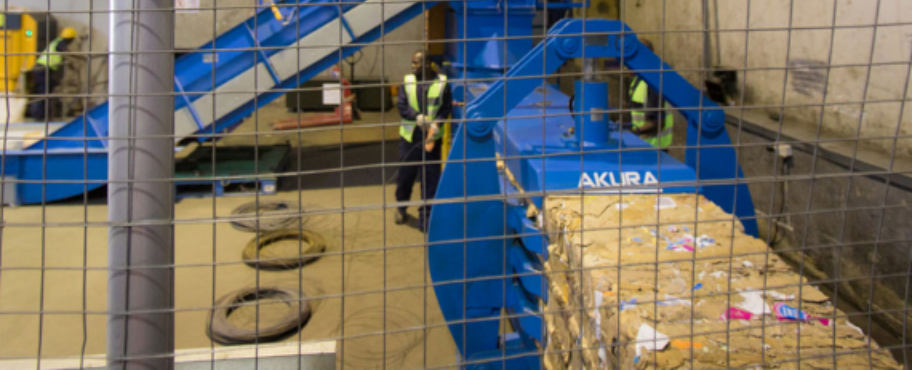In my Gramma's home a half-finished plate of food sat on the table like a swear word on the lips - unnecessary, offensive and entirely inappropriate. The idea that such a vital resource would be banished to the dustbin was unthinkable, when "there are starving children in Ethiopia." With an estimated one-third of the edible portion of food produced for human consumption lost or wasted, it seems time to heed the proverbial grandmother nagging at our global table manners.
Globally 15-25% of all food is lost or wasted somewhere within the production-to-processing chain, amounting to an approximate 1.3 billion tonnes of wastage per year. This percentage is exceedingly higher in industrialised North America and Oceana, where food loss and waste is a whopping 42% of the food available. In South Africa it is estimated that, out of 31 million tonnes of food produced annually, 10 million tonnes fall between the cracks. All in all, Ouma se kos is being sadly squandered around the world, particularly in our own nation's dining room.
As a sub-Saharan nation, South Africa falls within the WWF's projections, which attributes the bulk of food loss to the post-harvest and processing stages of production. (In industrialised nations the majority of squandered food can be blamed on Mama's recklessly-sized portions, scraped off the plate and destined to the dustbin). Although we are generally more of an affluent society than our sub-Saharan neighbours, statistics nonetheless emphasise the fact that our production and handling systems leave a wake of financial and nutritional loss behind them.
Although big boy steps are being taken in the arena of non-perishable waste-to-landfill diversion, we are still crawling as a nation when it comes to responsible perishable waste management.
The implications are grievous. It is estimated that food production needs to increase by 60% if it is to meet the demands of a growing world population by 2050 (FAO 2012).The World Resources Institute (WRI) estimates that halving global food wastage could close the gap between the food available today and that needed in 2050 by roughly 22%. Failing to address the food wastage crisis would be literally turning a blind eye on a global solution to a sustainable food future (Lipinski et al. 2013).
Thankfully there are some key players who are seeking solutions in South Africa. WastePlan is a national on-site waste management company specialising in recycling and reducing waste to landfill. Lately they've ventured into new waters, exploring the possibility of energy generation from organic waste. Feasibility studies are currently underway to see where clients could benefit on site from the waste-to-energy process. Their criteria for a sustainable solution falls in line with the three-pillar perspective, as articulated by Mike Pienaar, Director of Sustainable Resource Technologies.
He notes that the implications of food wastage must be discussed in the arenas of society, finances and the environment. All three areas merit our focus and will be addressed in separate articles over the next few months. With issues like water and electricity scarcity, hunger and malnutrition, and a shaky economy running like cracks up the walls of South African society, it's not only a good idea; it's a moral and economic necessity to join this conversation. Perhaps getting our hands dirty are the best manners we could bring to the table.
For more information about Waste Plan and how we can save you money (and potentially generate income), click the button below and let's get together.





